Seven unexpected ways that climate change is affecting the planet
Even the most horrible tragedies can have their upsides. Take climate change: While it is causing mass extinctions and will, within decades, displace millions of people in coastal areas, it is also helping western dairy farmers keep their farms free of pests. Lending a helping hand? Local bald eagles.
This was the discovery made by the scientists behind a new study in the journal Ecosphere. They found that, as salmon carcasses become more scarce due to climate change, bald eagles seek new food sources. And the ravenous raptors often flock to nearby dairy farms. While farmers usually do not welcome avian intruders, the researchers learned to their surprise that dairy farmers saw advantages to the bald eagles’ presence. Because they feed primarily on cow afterbirth and calf carcasses, they help clean up messes and reduce labor time. Just as importantly, they kill and deter unwanted pest species like mice and rats.
“Despite a long history of conflict between farmers and eagles, we found that dairy farmers and eagles are able to co-exist, and even benefit from one another,” explained Ethan Scott Duvall, a Cornell University ecologist and PhD student, who led the research and spoke to Salon by email. “While farmers supply eagles with an abundant food source, eagles, in turn, discard the unwanted byproducts while simultaneously deterring unwanted ‘pest’ species on farms.”
While the relationship between eagles and farmers might have improve, the salmon are not doing as well. Climate change has, evidently, wreaked havoc on that aspect of the ecosystem. Duvall explained that climate change affected the “availability” of salmon carcasses for the eagles, and also oddly “increas[ed] the speed at which salmon carcasses decompose before they can be consumed.” Moreover, climate change “may also substantially alter other prey resources for eagles year-round, forcing more and more eagles to seek refuge in human-dominated landscape, potentially leading to increased human-eagle conflict in other areas,” Duvall noted.
The eagle-salmon-farmer situation is merely one of many unexpected ways that climate change is changing the world. Here are some other unforeseen consequences of having more carbon dioxide and greenhouse gases in the atmosphere messing with the climate.
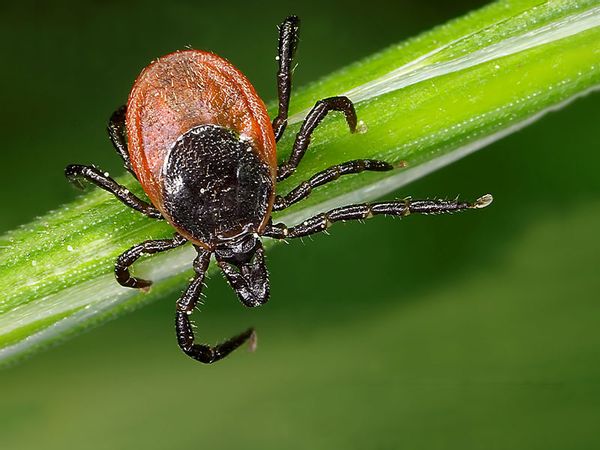 Tick (Getty Images/fhm)
Tick (Getty Images/fhm)This is not good news for humans. Ticks carry a number of dangerous diseases including Lyme disease, babesiosis and Powassan virus disease. Indeed, a 2021 study in the Rhode Island Medical Journal revealed that cases of Lyme disease, babesiosis and anaplasmosis are increasing in the United States — and each one of those diseases is vectored by deer ticks.
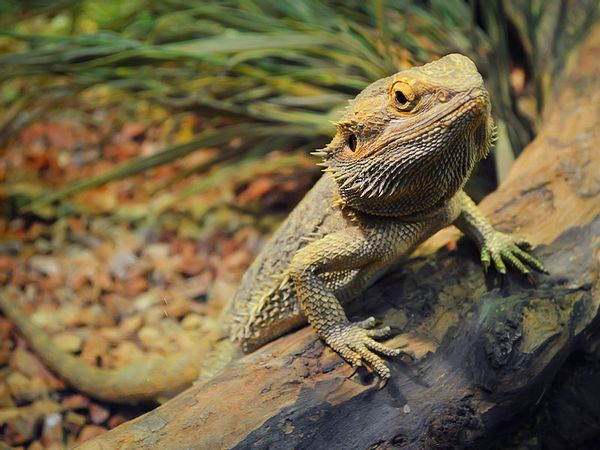 Young bearded dragon (Getty Images/Shinedawn)
Young bearded dragon (Getty Images/Shinedawn)“Although they are reproductively female, sex-reversed dragons resemble genetic males rather than females in morphology, general behaviour, and thermoregulatory tactics,” the authors explained. They later added that just one period of high temperatures “can produce functionally female individuals with male-like (or novel) traits that enhance individual fitness.” Over time, the genes that code for this “temperature-dependent sex-determining system” might replace the previous genes.
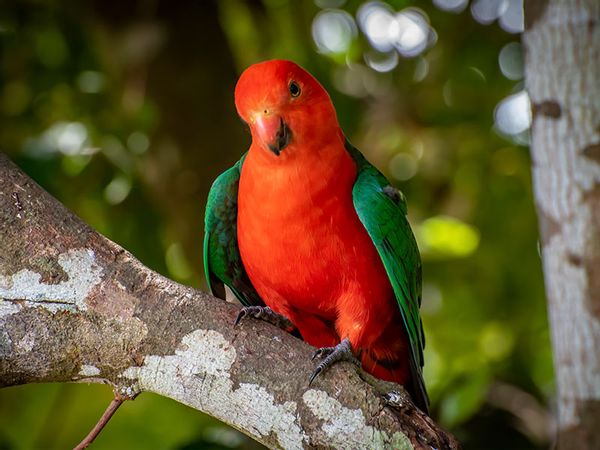 Australian King Parrot (Getty Images/PDerrett)
Australian King Parrot (Getty Images/PDerrett)The great roundleaf bat, which is famous for having a nose that looks a bit like a mess of intestines, had seen its wing size increase by 1.64% since 1950. Masked shrews have seen their legs and tails increase in length significantly within that same period. Meanwhile the beak sizes of Australian parrots like gang-gang cockatoos and red-rumped parrots have increased between 4% and 10% since 1871.
Want more health and science stories in your inbox? Subscribe to Salon’s weekly newsletter The Vulgar Scientist.
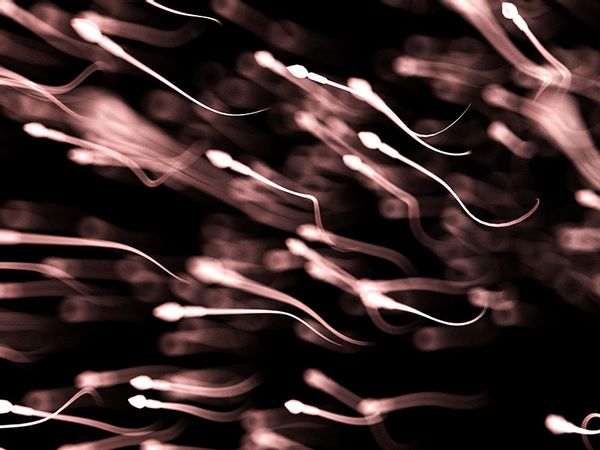 Sperm (Getty Images/SEBASTIAN KAULITZKI/SCIENCE PHOTO LIBRARY)
Sperm (Getty Images/SEBASTIAN KAULITZKI/SCIENCE PHOTO LIBRARY)It is a well-known fact of biology that human testes are outside of the abdominal cavity because sperm can only be produced at a temperature cooler than that of the main body.
 Ill woman looking at thermometer (Getty Images/Guido Mieth)
Ill woman looking at thermometer (Getty Images/Guido Mieth)“Our findings highlight an urgent need to pair viral surveillance and discovery efforts with biodiversity surveys tracking species’ range shifts, especially in tropical regions that harbor the most zoonoses and are experiencing rapid warming,” the authors concluded.
 Microchip (Getty Images/Narumon Bowonkitwanchai)
Microchip (Getty Images/Narumon Bowonkitwanchai)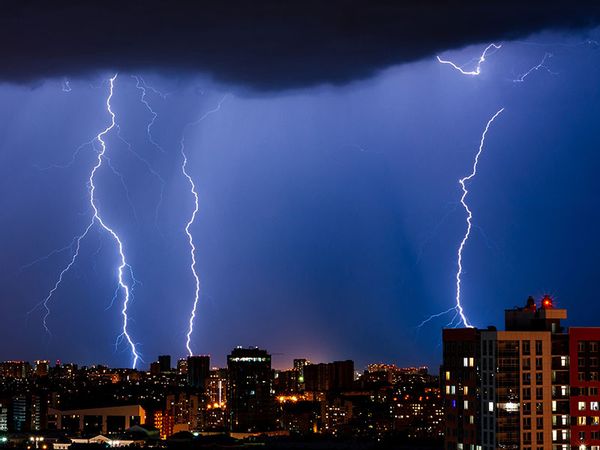 Lightning striking over the city (Getty Images/Natalya Mamaeva)
Lightning striking over the city (Getty Images/Natalya Mamaeva)“We find a 41% global increase of the LCC lightning flash rate,” the authors wrote, adding that they expect the largest increases “in South America, the western coast of North America, Central America, Australia, Southern and Eastern Asia, and Europe.”
Read more
about climate change
By Matthew Rozsa
Matthew Rozsa is a professional writer whose work has appeared in multiple national media outlets since 2012 and exclusively at Salon since 2016. He received a Master’s Degree in History from Rutgers-Newark in 2012, was a guest on Fox Business in 2019, repeatedly warned of Trump’s impending refusal to concede during the 2020 election, spoke at the Commonwealth Club of California in 2021, was awarded a science journalism fellowship from the Metcalf Institute in 2022 and appeared on NPR in 2023. His diverse interests are reflected in his interviews including: President Jimmy Carter (1977-1981), Israeli Prime Minister Ehud Barak (1999-2001), animal scientist and autism activist Temple Grandin, Secretary of State Madeleine Albright (1997-2001), director Jason Reitman (“The Front Runner”), inventor Ernő Rubik, comedian Bill Burr (“F Is for Family”), novelist James Patterson (“The President’s Daughter”), epidemiologist Monica Gandhi, theoretical cosmologist Janna Levin, voice actor Rob Paulsen (“Animaniacs”), mRNA vaccine pioneer Katalin Karikó, philosopher of science Vinciane Despret, actor George Takei (“Star Trek”), climatologist Michael E. Mann, World War II historian Joshua Levine (consultant to “Dunkirk”), Washington Gov. Jay Inslee (2013-present), dog cognition researcher Alexandra Horowitz, Libertarian presidential candidate Gary Johnson (2012, 2016), comedian and writer Larry Charles (“Seinfeld”), seismologist John Vidale, Democratic vice presidential nominee Joe Lieberman (2000), Ambassador Michael McFaul (2012-2014), economist Richard Wolff, director Kevin Greutert (“Saw VI”), model Liskula Cohen, actor Rodger Bumpass (“SpongeBob Squarepants”), Senator John Hickenlooper (2021-present), Senator Martin Heinrich (2013-present), Egyptologist Richard Parkinson, Rep. Eric Swalwell (2013-present), Fox News host Tucker Carlson, actor R. J. Mitte (“Breaking Bad”), theoretical physicist Avi Loeb, biologist and genomics entrepreneur William Haseltine, comedian David Cross (“Scary Movie 2”), linguistics consultant Paul Frommer (“Avatar”), Maryland Gov. Martin O’Malley (2007-2015), computer engineer and Internet co-inventor Leonard Kleinrock and right-wing insurrectionist Roger Stone.
MORE FROM Matthew Rozsa

